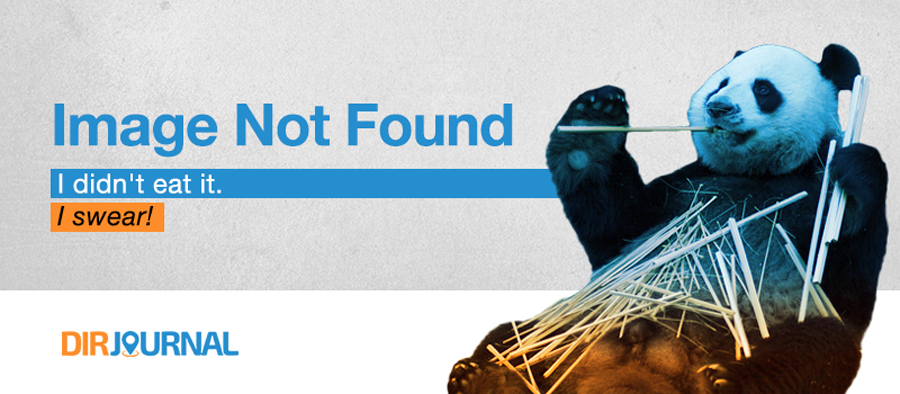Breathing is the life giving force that keeps us alive. We may be able to survive without water for some time but we certainly cannot live without air. Human lungs are capable of holding up to two gallons of air but most people breathe only two or three pints per breath.
Breathing is associated with the chest and abdominal breathing is not known to many. Breathing with the abdomen, also called diaphragmatic breathing, involves expanding the abdomen while inhaling and then expanding the chest while exhaling. This form of breathing ensures that blood is directed towards the vital organs, improving energy levels.
Alternative health practices such as Yoga, Qigong and Tai Chi focus mainly on breathing and simple body movements. Good breathing techniques, along with burning calories, also have a harmonizing influence on every system in the body.
Yoga: Yoga is one of the most ancient practices of self healing, which teaches the basic principle of mind, body and spirit unity. If the mind is restless and agitated, the health of the body is compromised. Similarly, if the body is in poor health, the mind is affected. One important aspect of yoga is that it increases the flow of prana (life energy.) The blockage of prana through improper diet, lifestyle stressors or imbalances in the mind, body or spirit can lead to illness. Breathing techniques and certain postures remove blockages and improve oxygen intake.
The most well-known yoga is Hatha yoga, which teaches breathing techniques (pranayama) and certain postures (asanas) to create unbelievable positive changes in the body and mind. These breathing techniques help exercise the inner organs of the body, help lose weight, get glowing skin and make the person feel very energetic physically and mentally. Yoga is also said to be a cure for many diseases, such as diabetes, hypertension etc.
Qigong: This is an ancient exercise that balances and stimulates the flow of “qi” (chee,) meaning life force, along energy pathways. Qigong is said to cultivate inner strength, calmness of the mind and has the capacity to restore the body to its natural state of health. It is very easy to learn and can even be performed by disabled people. Qigong exercises can range from the simple calisthenics-type movements with breath coordination to the more difficult exercises that provide deep relaxation, improve strength and flexibility, burn calories as well as reverse damage done by disease and injuries.
Tai Chi: A slow and unique Chinese system that consists of slow, flowing and continuous movements, which provide vitality and a sense of tranquility. It is gentle yet effective in stretching muscles and providing good blood circulation. It is said that Tai Chi is great for emotional well-being. Tai Chi teaches the mind how to control the body and promotes weight loss when practiced regularly.
You can shed fat and become fit through all these exercises that are not vigorous or taxing. Most people who have not practiced any of the above and who have not experienced the benefits, may have doubts as to their value. How can simple movements in different poses and deep breathing compare with aerobics, running or lifting weights? These movements may look too soft to promote fitness or too slow to be considered an exercise, but they deliver extraordinary physiological benefits.
While other forms of exercises focus solely on body weight and muscular development, these practices, while helping shed fat, provide the body with other benefits that standard exercises may not.
The best thing about them is that once a person takes a structured course and learns the breathing techniques and exercises, they can be done at home.










Great article, lots of good information.
This article has inspired me to take up learning Tai chi and qigong